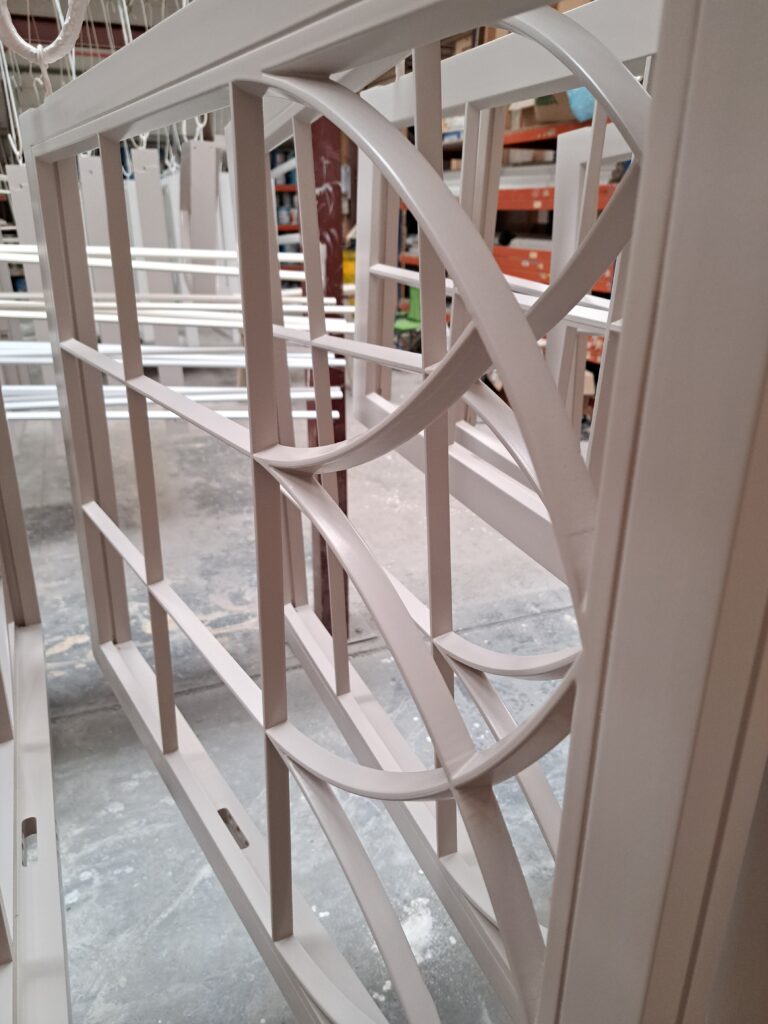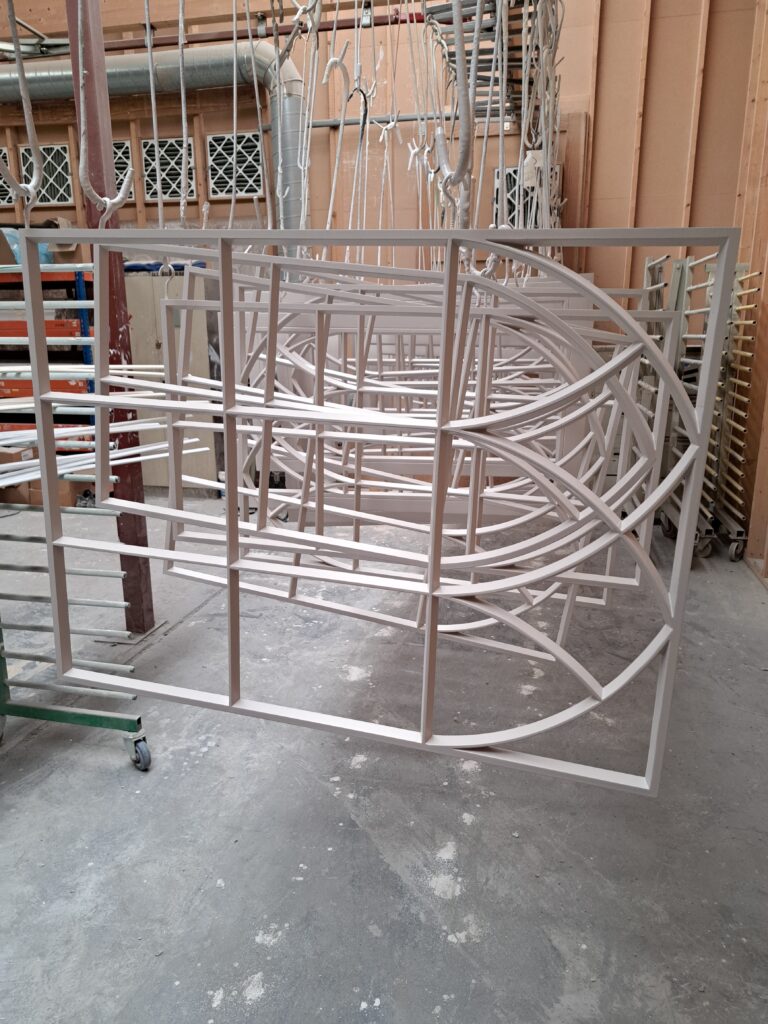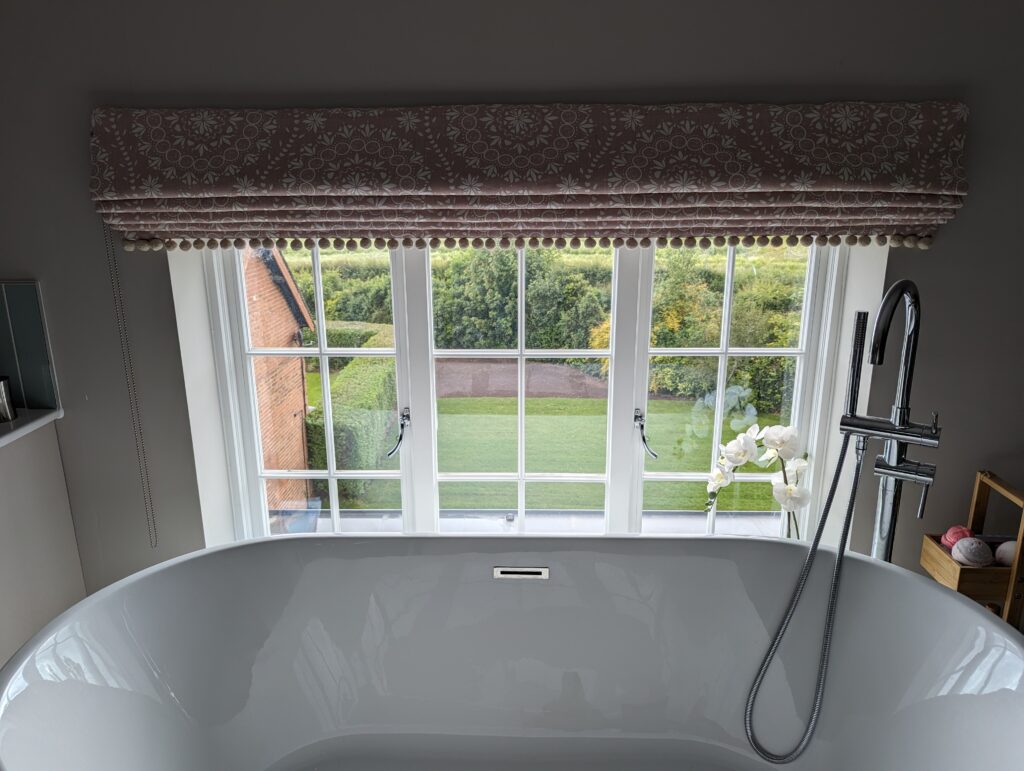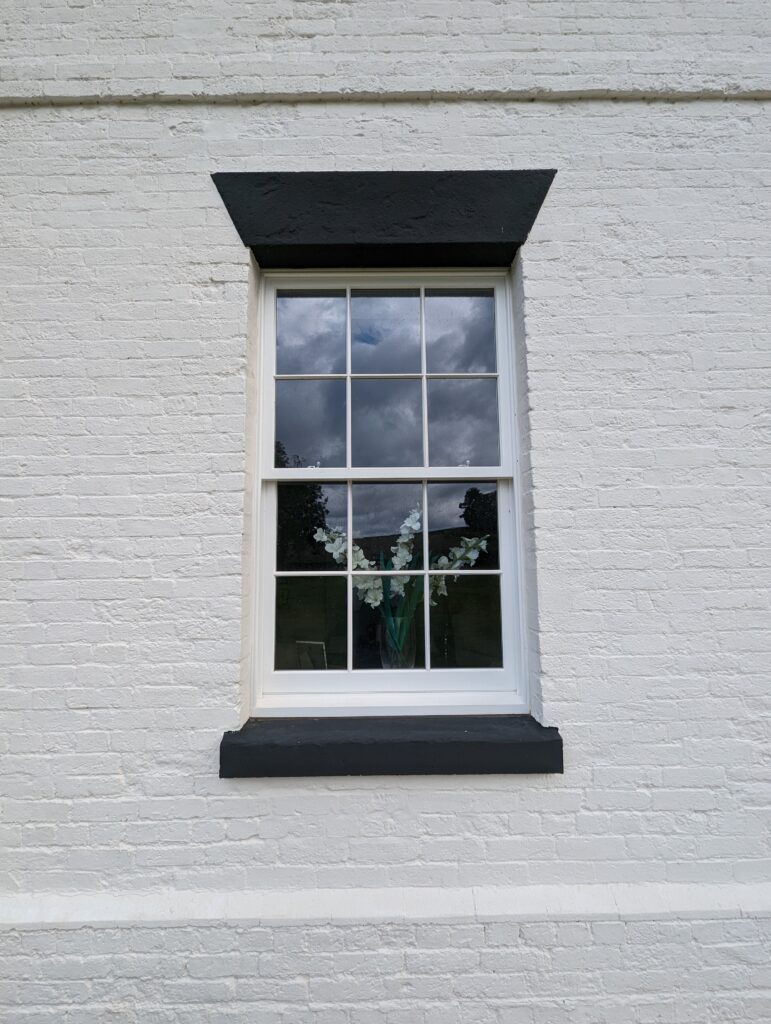Astragal Bars vs. Plant-On Bars: What’s Best for Heritage Windows?
When you want to preserve the historical integrity of heritage properties, choosing the right window bars is crucial. Understanding the differences between astragal bars and plant-on bars helps you make an informed decision. At Gowercroft Joinery, we combine traditional aesthetics with modern engineering to maintain both the look and efficiency of your windows.
Original Georgian Bars
Original Georgian bars in historic windows divide the glass into smaller panes and are an integral part of the window frame. These bars are essential for maintaining the traditional appearance of heritage properties.
What Are Astragal Bars?
Astragal bars in replacement historic windows replicate the look of original Georgian bars. These slim strips of wood or metal sit on the surface of a glass pane to make it look like the window is divided into smaller panes. For double or triple-glazed windows, additional bars between the panes enhance this effect. Today, astragal bars help historic buildings retain their old-fashioned look while updating windows for modern performance.
What Are Plant-On Astragal Bars?
Plant-on astragal bars attach directly to the glass surface, replicating the look of individual panes within a larger sheet of glass. Unlike traditional astragal bars, you apply plant-on bars after manufacturing.
Why Are Plant-On Astragal Bars Popular?
Plant-on astragal bars have gained popularity for several reasons:
- Cost-Effective: They cost less to produce and install.
- Easy to Install: You can easily add them to existing windows, making them ideal for upgrades.
- Flexible in Design: You can customise them to meet specific architectural styles or personal tastes.
Common Problems with Plant-On Astragal Bars
Despite their benefits, plant-on astragal bars often encounter issues:
- Adhesive Failures: The adhesive can fail, causing bars to detach.
- Planning Permissions: They may not receive approval for listed buildings or conservation areas due to their non-permanent nature.
- Maintenance Issues: Loose bars can increase maintenance and compromise the window’s appearance.
- Visible Gaps: You can often see gaps between the panes, making it obvious they are not original.
Gowercroft’s Integrated Conservation Bars
Gowercroft Joinery has developed Integrated Conservation Bars to address these issues. Our bars are part of a mechanically fixed grid to the frame, ensuring durability and stability. The pre-painted grid reduces reflections and maintains an authentic look consistent with heritage properties.



Benefits of Integrated Conservation Bars
- Enhanced Durability: Mechanical fixation provides a stronger, more permanent solution.
- Authentic Aesthetics: Pre-painting ensures a uniform appearance, mimicking traditional craftsmanship.
- Compatible with Vacuum Glazing: enabling the use of thin profile, high-performance glass and keeping the aesthetics of single glazing.
Real Conservation Project Example
One notable project is at Newton Park Farm, an 1840s model farm in South Derbyshire. This Grade II listed property was the first in the region to have vacuum glazed windows approved, blending heritage conservation with modern technology.
Planning and Innovation at Newton Park Farm
Ben, the homeowner, shared: “This was the first time that vacuum glazing/our Heritage range was approved for Grade II listed in South Derbyshire—setting a precedent for the rest of the planning authority. They were initially nervous about the glazing bars, but you developed a different system.” This innovation helped secure planning approval, showcasing Gowercroft Joinery’s ability to meet stringent conservation standards while enhancing the property’s historical character.

Benefits of Gowercroft Joinery’s Heritage Range
Our Heritage Range offers advantages for listed buildings and conservation areas:
- LandVac Vacuum Glass Innovation: Ensures superior thermal performance while preserving the visual authenticity of historic windows.
- 98% Planning Pass Rate: Our high success rate with planning applications reflects our deep understanding of heritage requirements.

Contact Us
To discuss your specific requirements and see our craftsmanship firsthand, please contact us to arrange a visit to our factory. We look forward to helping you find the perfect solution for your heritage property.


